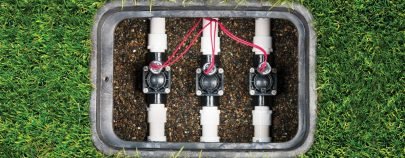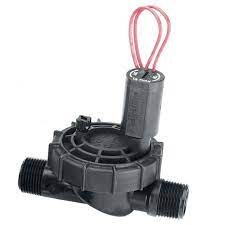Category - Distribution
Water distribution in irrigation systems relies on a well-designed pipe network and efficient solenoids, ensuring the controlled and targeted delivery of water to different zones. Active management of these components plays a crucial role in optimizing irrigation efficiency.
The pipe network serves as the circulatory system of the irrigation setup, transporting water from the source to various zones. It typically consists of pipes of varying diameters strategically laid out to accommodate different flow rates and pressure requirements. The network’s design considers factors like terrain, elevation changes, and the specific needs of each zone, ensuring uniform water distribution.
Solenoids, acting as the gatekeepers of water flow, are electromagnetic devices that control the opening and closing of irrigation valves. These valves regulate water release to specific zones, allowing for precise control over the irrigation process. Users can program solenoids to activate and deactivate based on the irrigation schedule, ensuring each zone receives the appropriate amount of water.
Efficiency in water distribution is further enhanced by incorporating smart technologies into solenoids. Advanced controllers, often equipped with Wi-Fi connectivity, enable real-time communication with solenoids. This connectivity facilitates dynamic adjustments based on weather conditions, soil moisture levels, and other environmental factors, promoting a responsive and water-conserving irrigation system.
Active engagement with the irrigation system, facilitated by the user-friendly interfaces of modern controllers, empowers users to monitor and adjust water distribution parameters. Manual control options and the ability to override automated schedules provide flexibility for addressing immediate landscape needs or unexpected events.
In conclusion, the dynamic interplay between a well-designed pipe network and responsive solenoids forms the backbone of efficient water distribution in irrigation systems. Active management and technological integration ensure that water is delivered precisely where and when it’s needed, promoting resource conservation and the overall health of the landscaped area.


